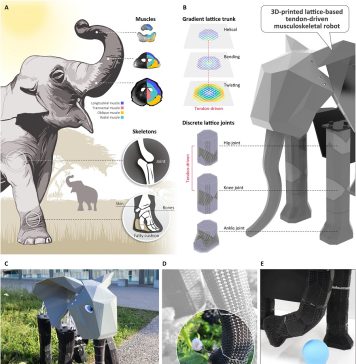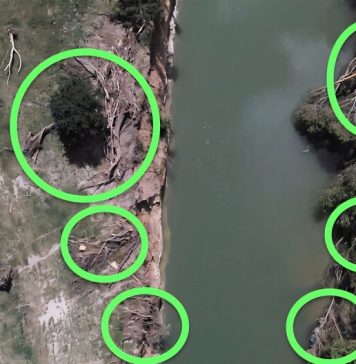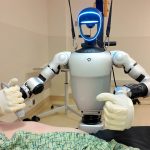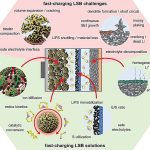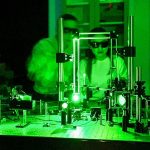Robots that eat other robots meet the machines that can heal and evolve
Imagine a robot that can fix itself when broken or even grow stronger by absorbing parts from its surroundings—or from other robots.
That future is...
Revolutionary battery design could make EVs safer and longer-lasting
As electric vehicles and renewable energy become more popular, the need for better lithium-ion batteries is growing fast.
These batteries power everything from smartphones to...
New liquid could make hydrogen fuel easier and safer to use
Scientists from Switzerland’s EPFL and Japan’s Kyoto University have developed a new type of liquid that could transform how hydrogen is stored and transported—making...
New 3D-printed implant offers hope for healing spinal cord injuries
Researchers in Ireland have developed a promising new 3D-printed implant that may help repair spinal cord injuries by delivering gentle electrical stimulation to damaged...
Smart sensors could stop battery fires before they start
A team of researchers from the University of Surrey has developed a new type of smart sensor that could prevent fires in lithium-ion batteries...
UCLA’s new outdoor tent lowers temperatures by 10 degrees
UCLA researchers have created a new type of outdoor cooling system that can make it feel up to 10 degrees Fahrenheit cooler—even on hot...
Scientists 3D-print living lung tissue to help fight lung disease
A team of researchers at UBC Okanagan has created a 3D-printed model of living lung tissue that closely mimics the real thing.
This breakthrough could...
Scientists build first quantum chip with electronics and light in one device
In a major step toward making quantum technology more practical and scalable, scientists from Boston University, UC Berkeley, and Northwestern University have created the...
New wearable sensor could track your hydration in real time—no needles or tests required
As summer temperatures soar in Texas and other hot regions, staying hydrated becomes more important than ever.
But it’s often hard to know when you’re...
How ChatGPT is giving stroke survivors a new way to communicate
A new approach using generative AI, such as ChatGPT, is offering fresh hope to people with aphasia—a language disorder that affects speech, writing, and...
Humanoid robots could help solve surgery delays and hospital staff shortages
Hospitals around the world are facing serious challenges.
Surgery wait times are growing, doctors and nurses are overworked, and staff shortages are becoming a daily...
Scientists map out future for fast-charging lithium–sulfur batteries
Imagine plugging in your electric car, grabbing a coffee, and coming back to a fully charged vehicle in just 12 minutes.
That’s the future scientists...
FEATURED
AI can predict heart disease effectively, study finds
Two groundbreaking studies, to be presented at the American Heart Association's Scientific Sessions 2023, demonstrate the potential of artificial intelligence (AI) in revolutionizing cardiovascular...
A cool new way to chill: The future of solid-state cooling
Scientists at Oak Ridge National Laboratory are exploring a new kind of material that could revolutionize how we cool our homes, cars, and electronics.
This...
AI can help detect and treat opioid addiction more effectively
A new study shows that using artificial intelligence (AI) to screen hospital patients for opioid addiction can help doctors identify those in need of...
New discovery reveals the best speed for strong metal bonding
When tiny metal particles fly at supersonic speeds and hit a surface, they can stick together and form strong bonds.
This process is used in...
Scientists create electron ‘parking lot’ in a unique 3D crystal
In a groundbreaking experiment, a team of scientists from MIT has managed to do something remarkable with electrons – they've trapped them in a...

